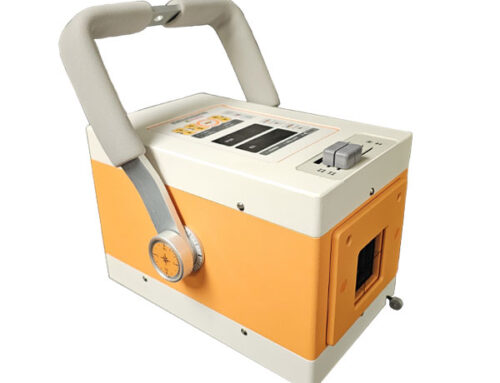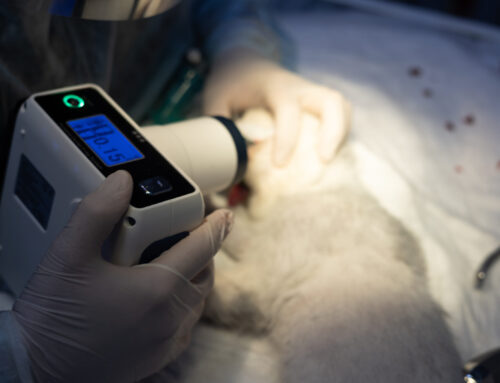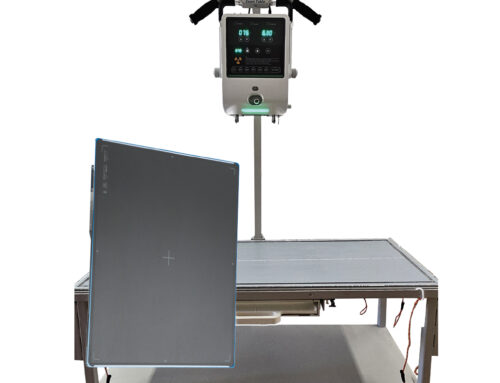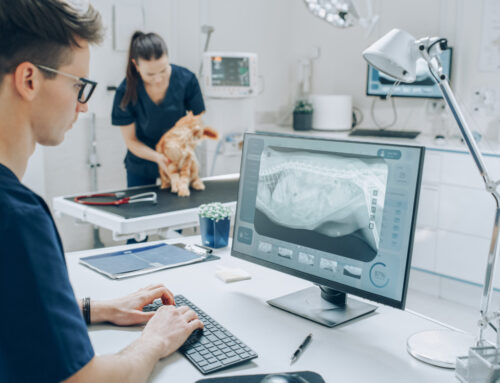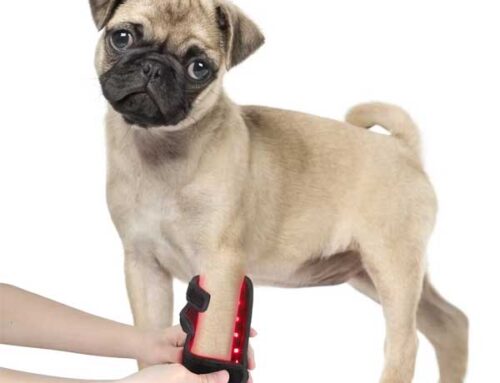Radiography is an essential diagnostic tool in veterinary medicine, aiding in the diagnosis and treatment of various animal diseases. However, it is crucial to ensure that radiation protection measures are in place to protect the animal patients, veterinary staff, and the public from the harmful effects of ionizing radiation.
X-rays can cause skin burns, hair loss, and tissue damage in animals, and may even increase the risk of cancer in the long-term. Veterinary staff are also at risk of radiation exposure, particularly those who operate x-ray equipment or assist during radiographic procedures.
The implementation of radiation protection measures in veterinary practice can significantly reduce radiation exposure and mitigate the risks associated with ionizing radiation. These measures include the use of appropriate protective equipment, such as lead aprons, thyroid shields, and gloves, which can reduce radiation exposure by up to 95%. The use of collimators, which limit the size of the radiation beam, can also help reduce scatter radiation and improve image quality.
Proper positioning of the animal patient during radiographic procedures is also crucial in radiation protection. Adequate immobilization of the animal can reduce the need for retakes and shorten the duration of radiation exposure. The use of appropriate exposure settings can also help reduce radiation exposure, as overexposure can increase the risk of tissue damage and cancer in animals.
Furthermore, regular equipment maintenance and calibration can ensure that x-ray machines are functioning correctly and delivering the correct amount of radiation, reducing the risk of overexposure. Regular monitoring of radiation exposure levels in the workplace can also identify any potential exposure risks and allow for corrective action to be taken.
The importance of radiation protection in veterinary practice cannot be overstated. While radiography is a valuable diagnostic tool, it can also be harmful to both animals and veterinary staff if proper radiation protection measures are not implemented. The use of protective equipment, proper positioning of animal patients, and regular equipment maintenance and monitoring can significantly reduce radiation exposure and ensure the safety of all individuals involved in radiographic procedures.
Diagnostic Imaging Systems caries a wide range of animal positioning aids and restraints and radiation protection apparel for staff. Our technicians can also provide you with the proper documentation needed for proper calibration of your x-ray unit. Give us a call today to speak to one of our friendly and knowledgeable staff.

